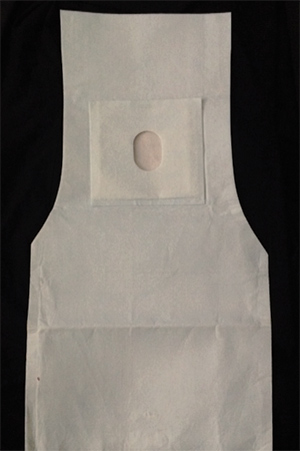Radial Access Sleeves
The move towards using radial access for procedures such as Angiograms, Angioplastys, and valve replacements continues to accelerate with now more than one in four procedures in the US utilizing radial access compared to 1% back in 2007. This trend can be seen across disciplines including Cardiologists, Interventional Radiologists, Oncologists, Neurologists, and Vascular Surgeons. Radial access procedures are attractive for the patient as it reduces complications and improves comfort, but also is better for the hospital as studies show the patient recovers quicker, and hospital costs are reduced.
We are proud to introduce The Radial Access Sleeve (RAS) which is designed to save even more time for the clinicians performing these procedures.

By simply sliding the RAS over the patients arm (and arm board if used), it will provide circumferential sterile coverage very quickly.
Studies have shown the sleeve can be in place with patient prep time complete in one and half minutes. The reduction in prep time is dramatic compared to when using a standard drape which can take anywhere from four to eight minutes.
The RAS has a dual fenestration system to allow for precise radial artery draping. The patients arm can be prepped with antiseptic solution though the access fenestration, and then using the hinged design, dropping the sealing fenestration directly into place, thereby creating a sealed field ready for access.

The RAS surrounds the arm and provides a seamless transition from the arm to the body allowing for circumferential sterile coverage.
Combined with the dual fenestration system, the RAS allows the highest sterile field standards to be achieved.

The RAS is also made with high absorbing material keeping bodily fluids and other substances from creating a hazard maintaining the sterile field and reducing clean-up time.
The decrease in prep time coupled with the reduced clean-up time can lead to more a efficient use of staff time and potentially increased room utilization.
Best of all the RAS is made to be equally effective whether accessing from the right and left arm.



